Clove Lakes Park
Great Blue Herons regularly nest in Clove Lakes Park, the only known breeding site for this largest of our wader species in New York City. Photo: Isaac Grant
Clove Lakes Park was created in the 1930s by filling in marshland and damming up a brook that ran to the Kill van Kull. Almost half of its 198 acres are devoted to recreation; ballfields, a playground (restrooms), and boating facilities. The other half comprises some excellent bird habitat—in the form of Brooks Pond, Martling Pond, Clove Lake, streams, and one hundred acres of hilly woodlands. Paved pedestrian roads encircle the lakes, and an informal network of dirt trails wind through the woods. The City of New York/Parks and Recreation owns Clove Lakes Park. The Park’s name is derived from the Dutch word “kloven,” meaning a stream-cut valley. An elegant restaurant, The Stone House at Clove Lakes, overlooks Clove Lake and serves lunch and dinner year-round.
Birding is particularly good during spring migration, especially if you are looking for warblers. Spring mornings, it is possible to see 15-20 warbler species, including Louisiana Waterthrush (early in spring) and Cerulean, Prothonotary, Kentucky, and Mourning (late in spring) Warblers. Also watch for Scarlet and Summer Tanagers, Gray-cheeked Thrush, Empidonax flycatchers, and more. In recent years, a pair of Great Blue Herons has successfully nested in Clove Lakes Park—one of the only breeding records in New York City in the past century.
Birding is particularly good during spring migration, especially if you are looking for warblers. Spring mornings, it is possible to see 15-20 warbler species, including Louisiana Waterthrush (early in spring) and Cerulean, Prothonotary, Kentucky, and Mourning (late in spring) Warblers. Also watch for Scarlet and Summer Tanagers, Gray-cheeked Thrush, Empidonax flycatchers, and more. In recent years, a pair of Great Blue Herons has successfully nested in Clove Lakes Park—one of the only breeding records in New York City in the past century.
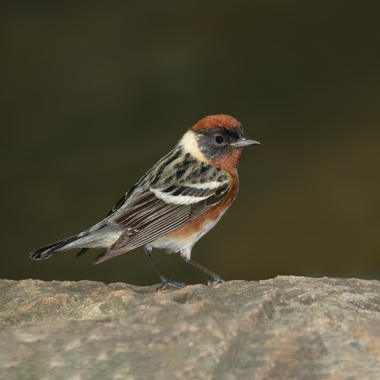
Clove Lakes Park is one of the best spots in the City to see migrating songbirds like this Bay-breasted Warbler. Photo: Isaac Grant
Clove Lakes Park is one of the best spots in the City to see migrating songbirds like this Bay-breasted Warbler. Photo: Isaac Grant
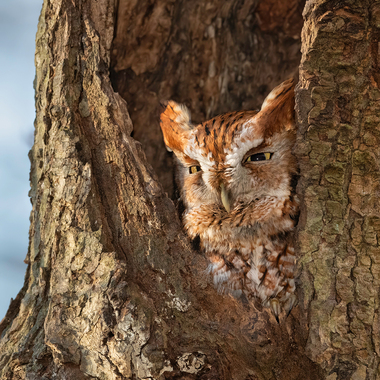
The Screech Owl's eery call can be heard in the night in Clove Lakes Park. Photo: Isaac Grant
The Screech Owl's eery call can be heard in the night in Clove Lakes Park. Photo: Isaac Grant
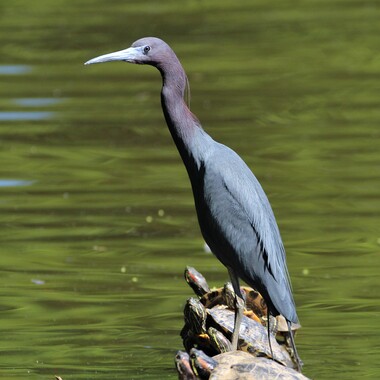
Little Blue Herons, which nest on Hoffman Island, south of Staten Island, come to forage in Clove Lakes Park. Photo: Dave Ostapiuk
Little Blue Herons, which nest on Hoffman Island, south of Staten Island, come to forage in Clove Lakes Park. Photo: Dave Ostapiuk
Birding Highlights by the Season
(no star = birding is not very productive, ✸ = somewhat productive, ✸✸ = productive, ✸✸✸ = very productive)
Spring Migration ✸✸✸
Flycatchers, cuckoos, warblers, tanagers, orioles, grosbeaks, and other songbirds
Summer ✸✸
Nesting species may include Great Blue Heron, Green Heron, Cooper’s Hawk, Baltimore Oriole
Fall Migration ✸✸✸
Raptors, kinglets, warblers, sparrows
Winter ✸✸
Wintering waterfowl including possible Common Merganser, accipiters, owls, mixed songbird feeding flocks
Year-Round Highlights
Great Horned and Screech Owls, Red-tailed Hawk, woodpeckers
Get Oriented
View a Google map showing the starting point for the bird walk described below.
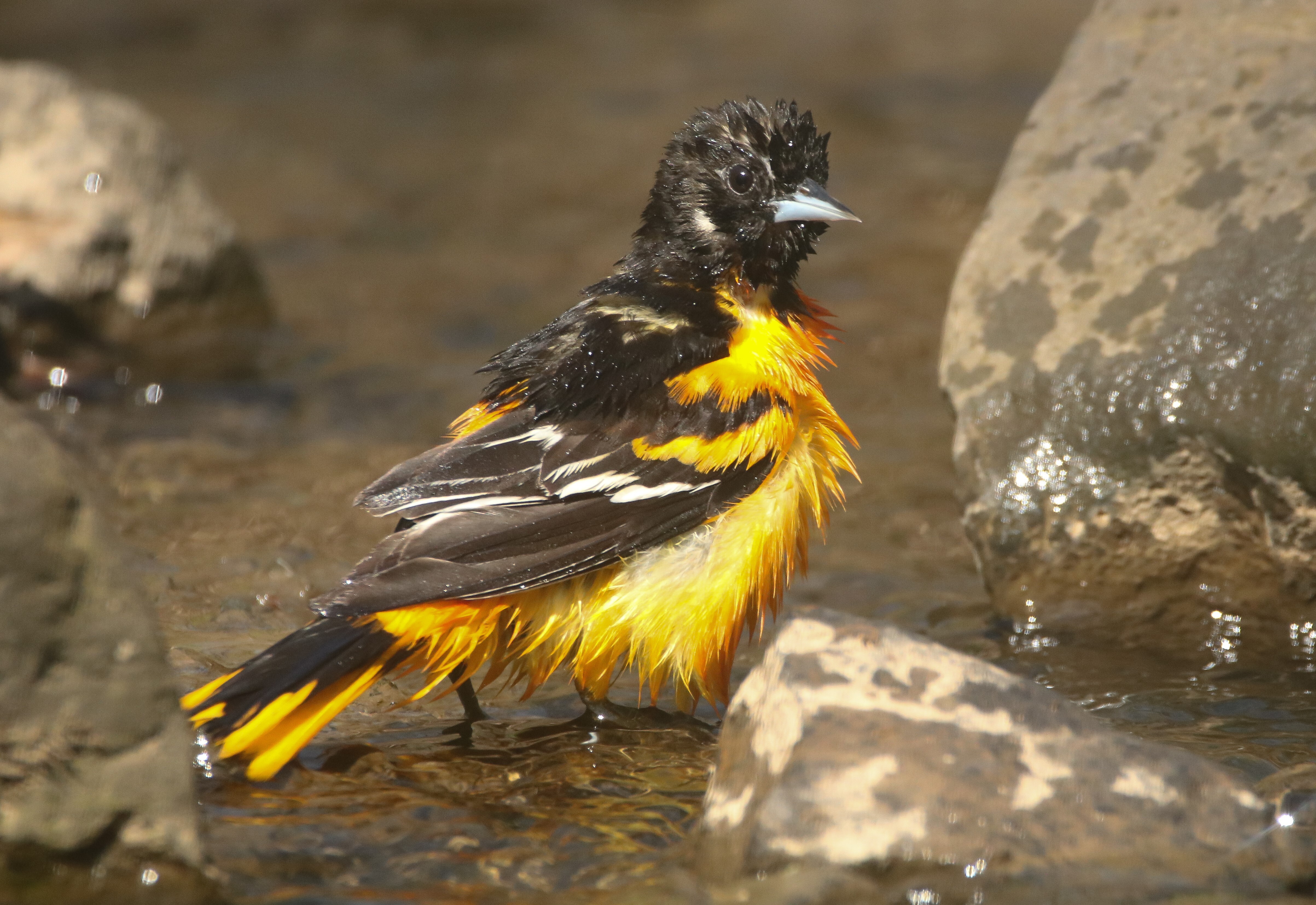
A male Baltimore Oriole bathes in Clove Lakes Park. Photo: Dave Ostapiuk
A male Baltimore Oriole bathes in Clove Lakes Park. Photo: Dave Ostapiuk
Start at Martling Avenue
For both spring and fall migrants, start at Martling Avenue, walk east to the eastern edge of Martling Pond, and then along the stream until you reach Clove Lake. Cross over the large stone bridge and head back along an old bridle trail, working the western side of the stream and its brushy areas—an excellent place in fall for Connecticut Warbler, Lincoln’s Sparrow, and Philadelphia Vireo.
When you reach Martling Avenue, cross over the concrete bridge, stopping for a moment to search the eye-level willows for migrants. Continue on and work the stream to Brooks Pond. Follow along the pond to another stream, working the banks and treetops, until you reach Forest Avenue. In spring this woodland patch attracts large numbers of warblers. Cross the stream and work the other side on your way back to Martling Avenue. If you have time, walk to the east in the vicinity of the Fire Tower, visible on the hilltop; Indigo Bunting has been seen here in spring, as well as Vesper Sparrow in fall.
Waterfowl can be seen during fall migration as well as spring migration. In summer, there are wading birds; in winter search for waterfowl, raptors and warblers (Orange-crowned and Pine have been seen in recent years).
When you reach Martling Avenue, cross over the concrete bridge, stopping for a moment to search the eye-level willows for migrants. Continue on and work the stream to Brooks Pond. Follow along the pond to another stream, working the banks and treetops, until you reach Forest Avenue. In spring this woodland patch attracts large numbers of warblers. Cross the stream and work the other side on your way back to Martling Avenue. If you have time, walk to the east in the vicinity of the Fire Tower, visible on the hilltop; Indigo Bunting has been seen here in spring, as well as Vesper Sparrow in fall.
Waterfowl can be seen during fall migration as well as spring migration. In summer, there are wading birds; in winter search for waterfowl, raptors and warblers (Orange-crowned and Pine have been seen in recent years).
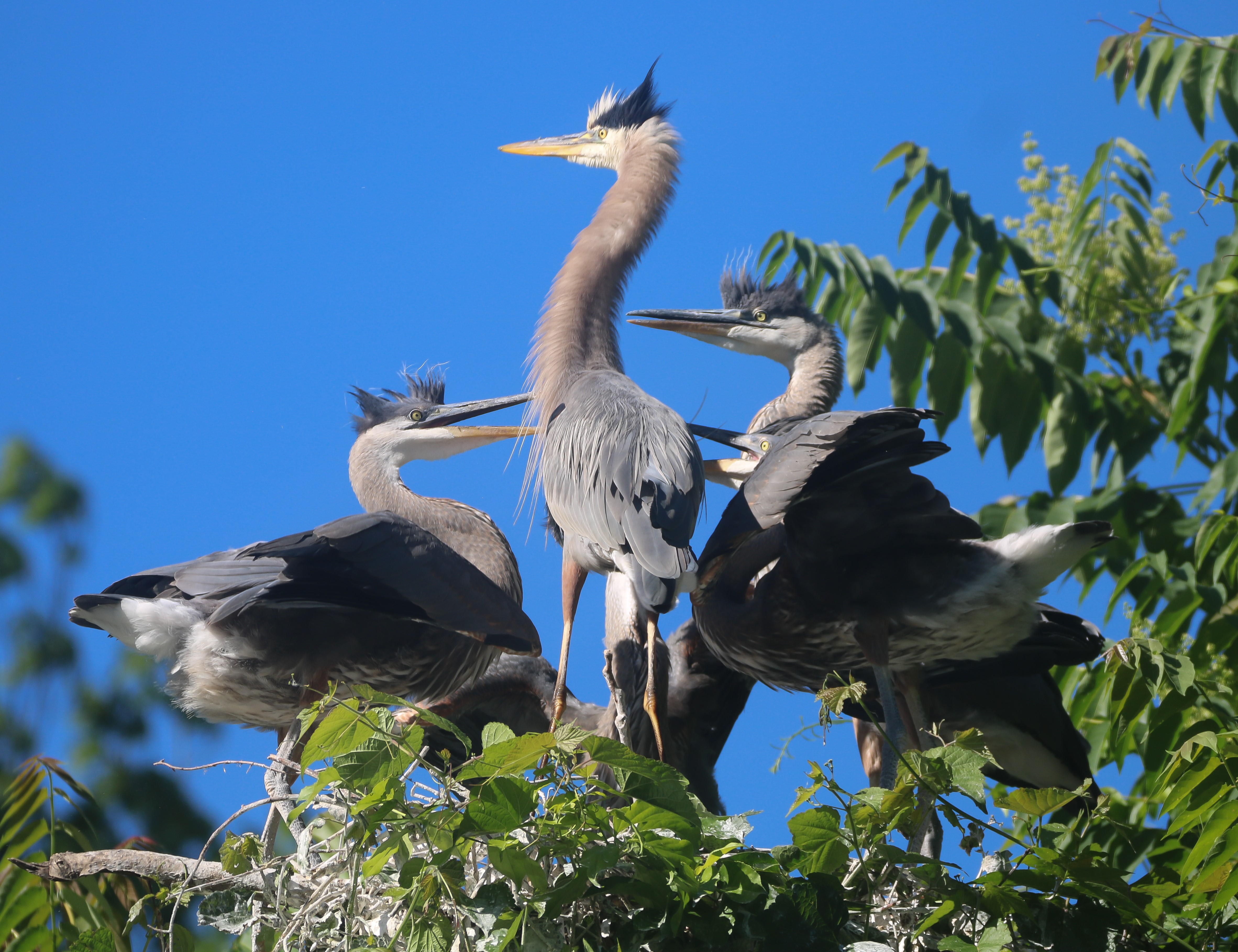
Great Blue Heron nestlings beg to be fed in Clove Lakes Park. Photo: Dave Ostapiuk
"}" data-trix-content-type="undefined" class="attachment attachment--content">When to Go
To see birding highlights by the season at the Clove Lakes Park, see the top of this page.
To learn about bird migration times and get other timing tips, see the When to Bird in NYC guide on our Birding 101 page.
For Clove Lakes Park operating hours, see the “Directions and Visiting Info” section, below.
eBird
View eBird hotspot records for Clove Lakes Park to explore recent bird sightings, species bar charts, and more.
Personal Safety
It is a good idea to bird with at least one other person, although the park is considered safe. Watch out for dog ticks, particularly in May and June, and poison ivy.
Guided Bird Walks
NYC Bird Alliance regularly leads a spring trip to Clove Lakes Park. Visit NYC Bird Alliance's Local Trips page for information on upcoming walks led by NYC Bird Alliance.
The Staten Island Museum, founded in 1881 by a group of young Staten Island naturalists, offers bird and nature walks in Staten Island's parks throughout the year, along with many other programs and educational activities.
The Staten Island Museum, founded in 1881 by a group of young Staten Island naturalists, offers bird and nature walks in Staten Island's parks throughout the year, along with many other programs and educational activities.
Protectors of Pine Oak Woods, Staten Island's principal land conservation organization, offers bird and nature walks and other conservation-oriented events throughout the year. Protectors of Pine Oak Woods and its forerunner, SIGNAL, were involved in the preservation of much of Staten Island's parkland, and the organization continues to fight for the responsible stewardship and preservation of the island's wild habitats.
Directions and Visiting Information
Visit the NYC Parks Clove Lakes Park site for more information.
Acknowledgments
Thanks to those who provided local birding expertise for this page: Cliff Hagen (2020); Edward Johnson (2012, 2001); Howard Fischer (2001).



